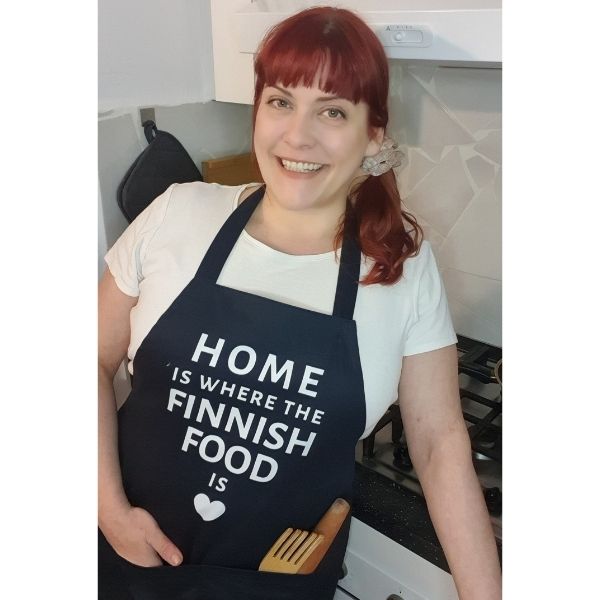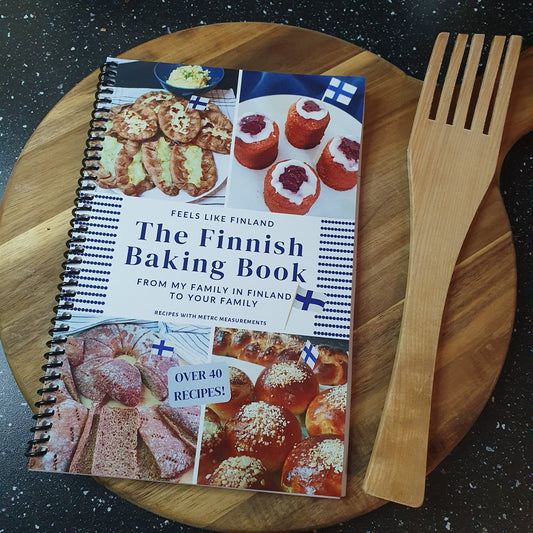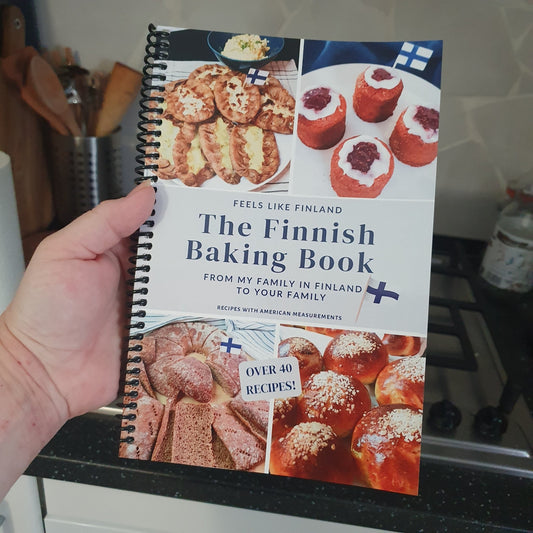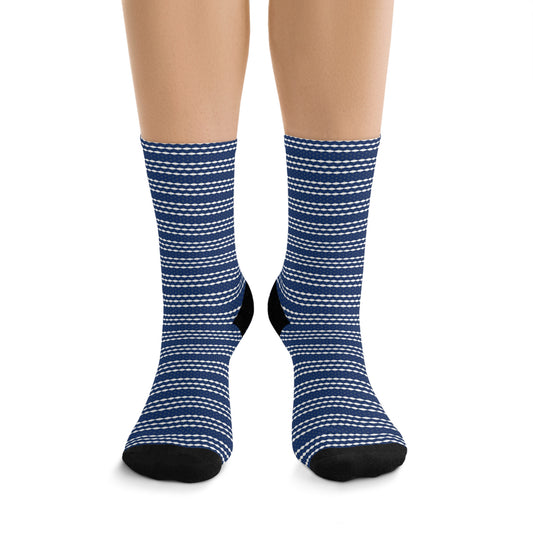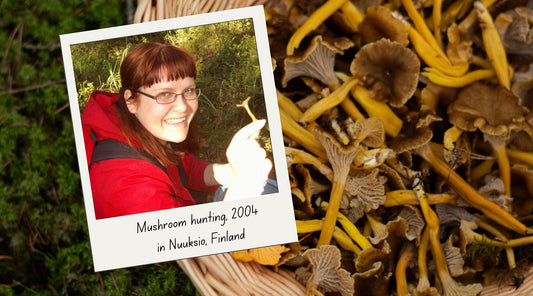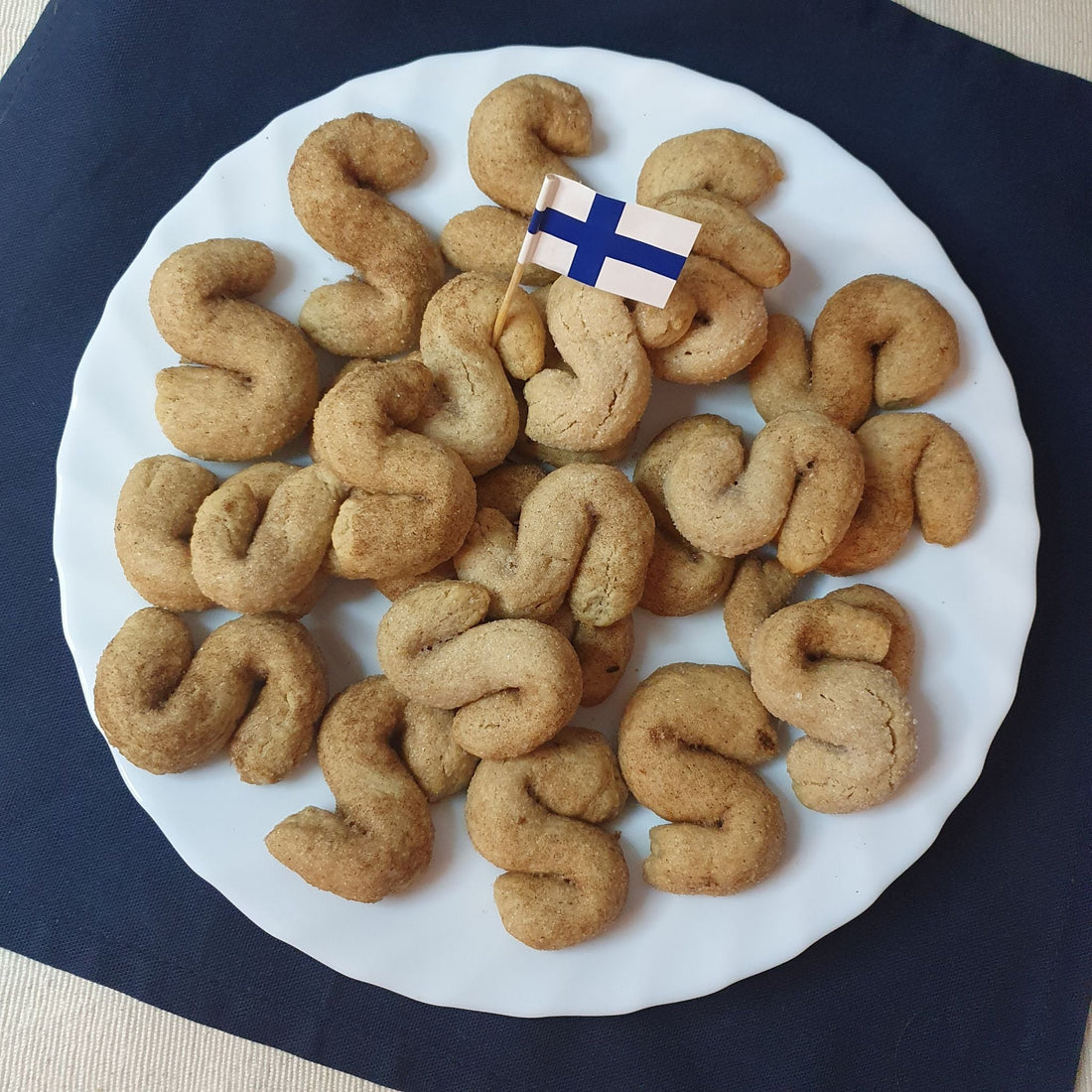
The Secret Life of Finnish S Cookies
Share
This blog post is part of my article series in The Finnish American Reporter newspaper.
"Helmi, it's coffee time!” Juhani's voice echoed through the house. Helmi, his wife, instinctively hurried toward the kitchen. Guests were arriving, and there was always a certain protocol for hosting. “And put the S-cookies on the table too.” Juhani added, his voice dropping to a whisper.
Helmi’s pace quickened. She knew that the appearance of the S-cookies, or ässät, meant something more than just hospitality. These guests were significant. In those trying times, coffee and pulla (Finnish cardamom buns) were staples at any gathering, but the addition of the S-cookies signalled that tonight's conversation would be about something crucial—Finnish independence.
107 years ago, Finland was at a crossroads. The nation was gripped by uncertainty, as the desire to break free from Russian rule grew stronger. Supplies were scarce; sugar, coffee, and other essentials were hard to come by. Food was rationed, and people got creative with substitutes—lichen, usually a food for reindeer, was even suggested at one point until it was deemed too low in calories to be practical.
Helmi glanced at her nearly empty sugar jar as she set the coffee pot on the stove. She longed for the days when she could offer guests a full array of seven different baked goods. “If only there were enough sugar for more than just pulla,” she thought wistfully.
In 1917, the talk of Finland’s independence was both a source of hope and tension. The atmosphere was charged not just by the scarcity of food, but by the fervent desire for a free Finland. The Finnish parliament, newly formed and still finding its feet, struggled under the weight of Russian oppression. Discussions about independence could be dangerous if the wrong ear would hear them. Trust was a precious commodity, and knowing who was on your side was crucial.
Helmi knew tonight’s coffee gathering would delve into these delicate matters. The S-cookies on the table were more than a treat; they were a silent signal that it was safe to talk freely about Finland's future. The simple S-shape, which I always thought stood for "Suomi" (the Finnish word for Finland), most likely carried that exact same symbolic meaning back in 1917. They represented a shared vision and a clandestine hope for independence.
As a child, I loved these cookies without knowing their deeper meaning. They were always my favorite, and they were stored in a metal jar on the top shelf of our kitchen (I might have taken a few sometimes, secretly of course). From a young age, I joined in baking them and other family recipes, as soon as my nose reached above the countertop.
It wasn’t until recently that I learned about the historical significance of these cookies. While researching whether these cookies had an official English name, I stumbled upon their role as a secret signal during the independence movement. This discovery made them even more special to me. They weren’t just cookies! It made me appreciate them even more, realizing they weren’t just delicious but also a part of our common cultural heritage.
Last Christmas, while visiting Finland, I decided it was time to share my family’s recipes with the world. Without children to pass these traditions on to, I felt a weird responsibility to preserve them. The recipes, especially those handed down from our grandmothers, are too tasty and valuable to be lost. Writing them down felt like capturing a slice of history, ensuring that future generations can taste the traditional flavors of our past. Even if my family not continues, the recipes could be appreciated in other families with Finnish heritage and passed on to their kids.
I believe that taste is a significant part of our memory. When you taste food that you haven’t had since childhood, it instantly transports you back to that time. For me, each bite of a Finnish dish is a journey to moments long past, bringing back the warmth of family gatherings and the presence of loved ones who are no longer with us. Eating Finnish food helps rekindle those almost-forgotten memories, allowing us to reconnect with our roots and the people who shaped our lives.
Interestingly, one of the old substitutes from the days of scarcity—lichen, usually a food for reindeer—found its way onto my plate in a modern twist. At a high-end restaurant in Inari, Finnish Lapland, I was served lichen with fancy ice cream and cloudberries. Its texture was unique, almost like tiny lace balloons, though it had little flavor. This culinary curiosity was a far cry from its role during those hard times, when it was considered a desperate measure to fill hungry bellies.
The hardships of 1917, from food shortages to political strife, forced the people of Finland to be inventive. Inflation drove prices up, and the black market thrived as people traded precious food coupons. Coffee, a rarity, was often partly replaced with roasted grains. Yet, in the midst of these challenges, the S-cookies stood as a symbol of hope and solidarity. Simple and delicious, they were a quiet nod to the collective spirit and the dream of independence.
So, when you bite into those S-shaped cookies, sprinkled with cinnamon and sugar, remember their story. They connect us to our past and remind us of the resilience and unity that have shaped Finland. They’re more than a sweet treat; they’re a delicious symbol of heritage and pride.
As we gather around our tables today, enjoying these timeless cookies, we’re not just indulging in a beloved tradition. We’re partaking in a legacy of courage, community, and the enduring spirit of Finland. So the S could come also from the word SISU! Here’s to the S-cookies and the memories they evoke, to the stories they carry, and to the rich heritage we proudly celebrate!
Traditional S Cookies (Makes 25 Cookies)
Ingredients:
- 1/3 cup (80 g) butter, melted
- 1/4 cup sugar
- 1 egg
- 1 teaspoon ground cinnamon
- 1/2 teaspoon baking powder
- 1 1/4 cups all-purpose flour
- Extra sugar and cinnamon for coating
Instructions:
- Mix the melted butter and sugar.
- Stir in the egg, ground cinnamon and baking powder.
- Gradually mix in the flour until a soft dough forms.
- Lightly knead the dough for 2 minutes on the table, adding flour when needed.
- Divide dough into 25 pieces. Roll each piece into a rope the thickness of a pinkie.
- Preheat the oven to 350 °F.
- Add cinnamon and sugar to a plate, mix them and roll the strings in it and shape them like “S” letters.
- Bake in the oven for 8-10 minutes until lightly golden.

